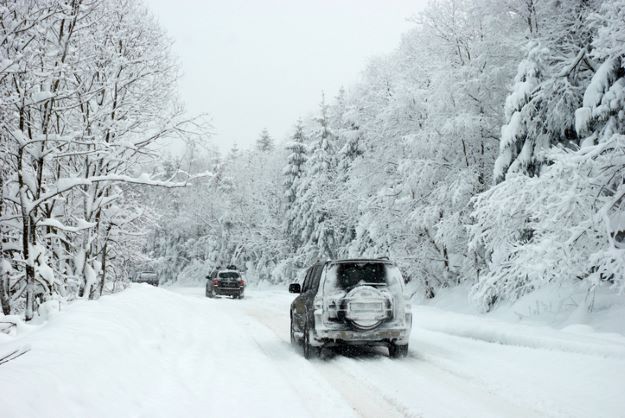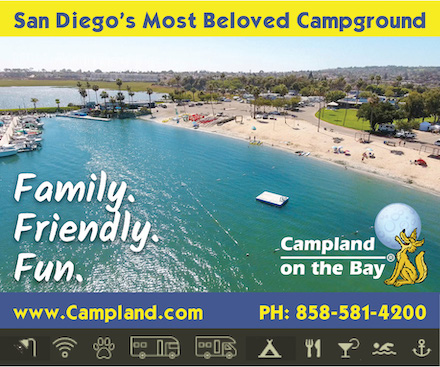Winter Road Trip Safety

It’s winter in California. The snow is flying and ski resorts are opening up which means it’s time to wax up and hit the road. But before you do Camp California has some road trip tips to keep you and your passengers safe. Staying safe means also being well prepared and this is especially important when it comes to winter road trips.
- Get your personal winter in car emergency kit together now. This kit should include cash (yes cold hard cash in case you need to pay someone for assistance), water, snacks, a blanket for each passenger, portable device chargers, a first aid kit, flashlight, gloves, and extra shoes and socks. If you are stuck on the highway or have traveled off road and become stuck you will likely not be able to keep your car running. And if you need to hike out or dig out and extra pair of shoes and socks will be a necessity.
- Get you vehicle winter emergency kit together as well. This kit should include an ice scraper or brush (much better than your credit card), a collapsible shovel (need I say more), chains, old rags and towels (when you have to put on your chains), a tow rope, batter cables, flares, roadside triangles, no freeze wiper fluid. If your wiper fluid freezes in the lines you will not be able to clean your windshield making for hazardous driving conditions. And make sure your blades are in good condition too.
- Speaking of CHAINS. California is special when it comes to chain requirements. Many a skier have been turned away just shy of the resort for not being properly chained up.
Prior to leaving make sure the chains you have purchased or borrowed fit your tires. AND that they are in working order. It’s great to save money and utilize the chains that you bought at a garage sale BUT not at the expense of your safety or damage to your car. Chains that are not properly fitted can be a safety hazard and cause serious damage to your fenders. When you are on the side of the road in the snow is no time to find out that your borrowed chains are inoperable.
Make sure you know how to put them on. This is always easier to test out at home on a dry street than on the side of the highway in the snow. If kneeling in the snow isn’t your jam, then have cash on hand for the roadside chain installers. - Check the weather and be prepared to cancel if the driving conditions are beyond your ability. Mother Nature can be unpredictable in the Sierra Nevada and Cascades and staying safe is more important than postponing your trip.
- Check that elements of your car are in good working order. Check your battery life and replace now if it is nearing its end. Cold weather can zap a battery especially one that is mostly drained.
Check your tires tread and pressure. You will need all the traction you can get on winter roads and bad tread or low pressure is one of the leading cause of winter accidents.
Keep your gas tank at least ½ full. Passing up that station because you have just enough to get to your destination doesn’t work if you get stuck on the highway or have taken a wrong turn. Take the extra few minutes to fill up before your start up the hill. This could prove to be a lifesaver in an emergency.
Know how your ABS brakes work. Anti-lock brakes force the wheels to shudder forward and find traction rather than locking into a skid. This can be jarring when you are heading into a sudden stop. Taking a few minutes to understanding your cars braking system could play a critical role in keeping you and your passengers safe. And remember tires work best when they only have to do one thing at a time. Brake first, then turn but don’t try to do both at once.
It is easy to get caught up in the fun of planning a winter get away or even a day run up the hill with the snowboard but taking the time to get you and your vehicle properly organized before your trip could literally be the one factor that allows you to arrive safely and have a great experience.








